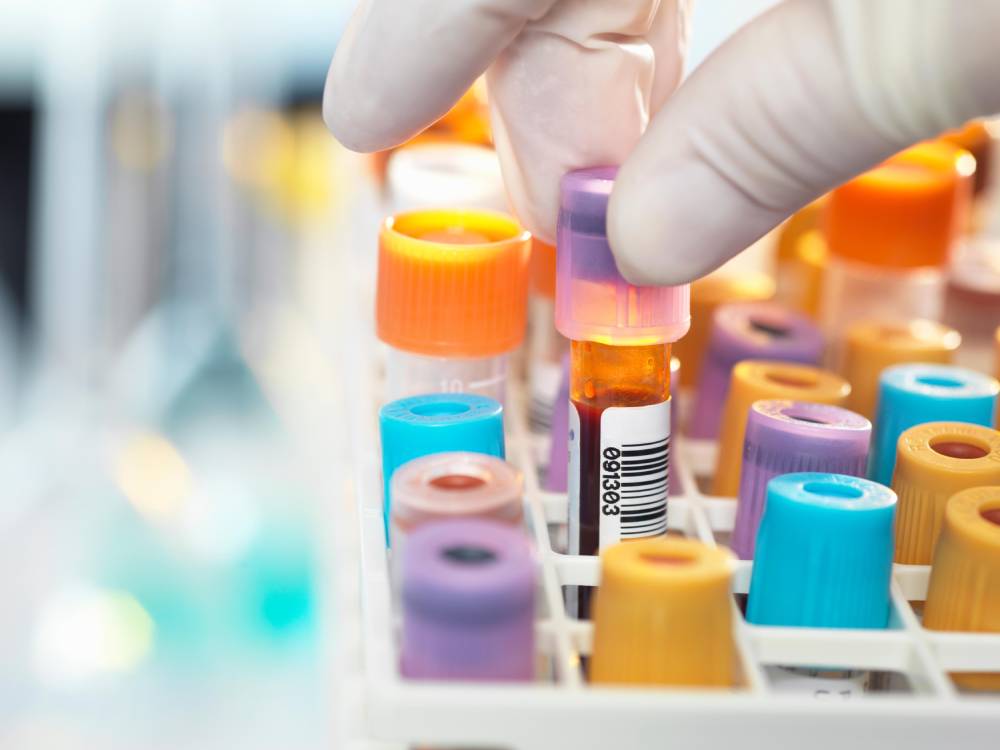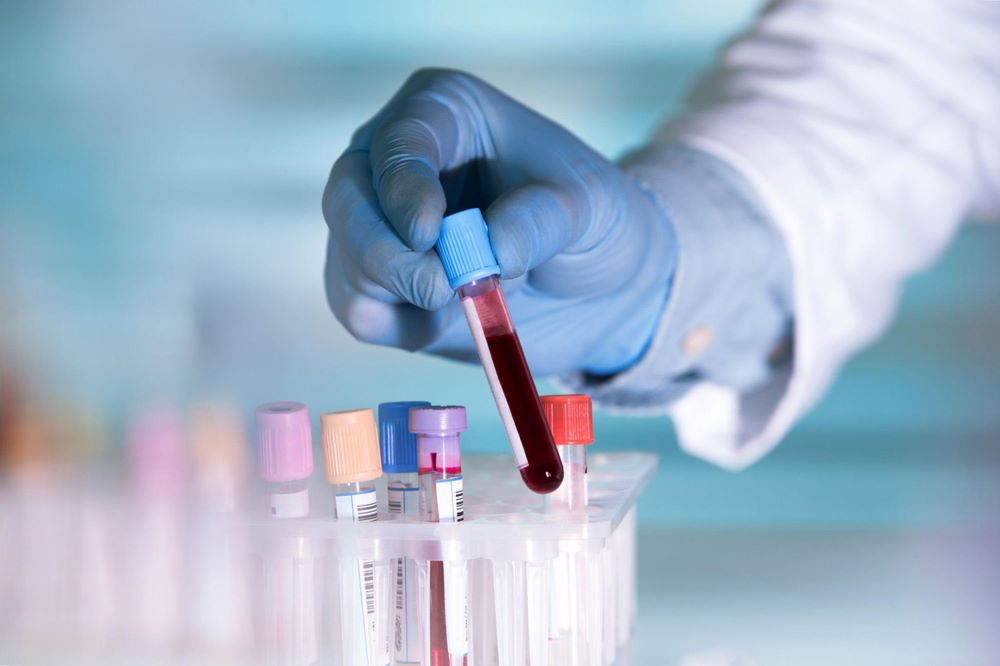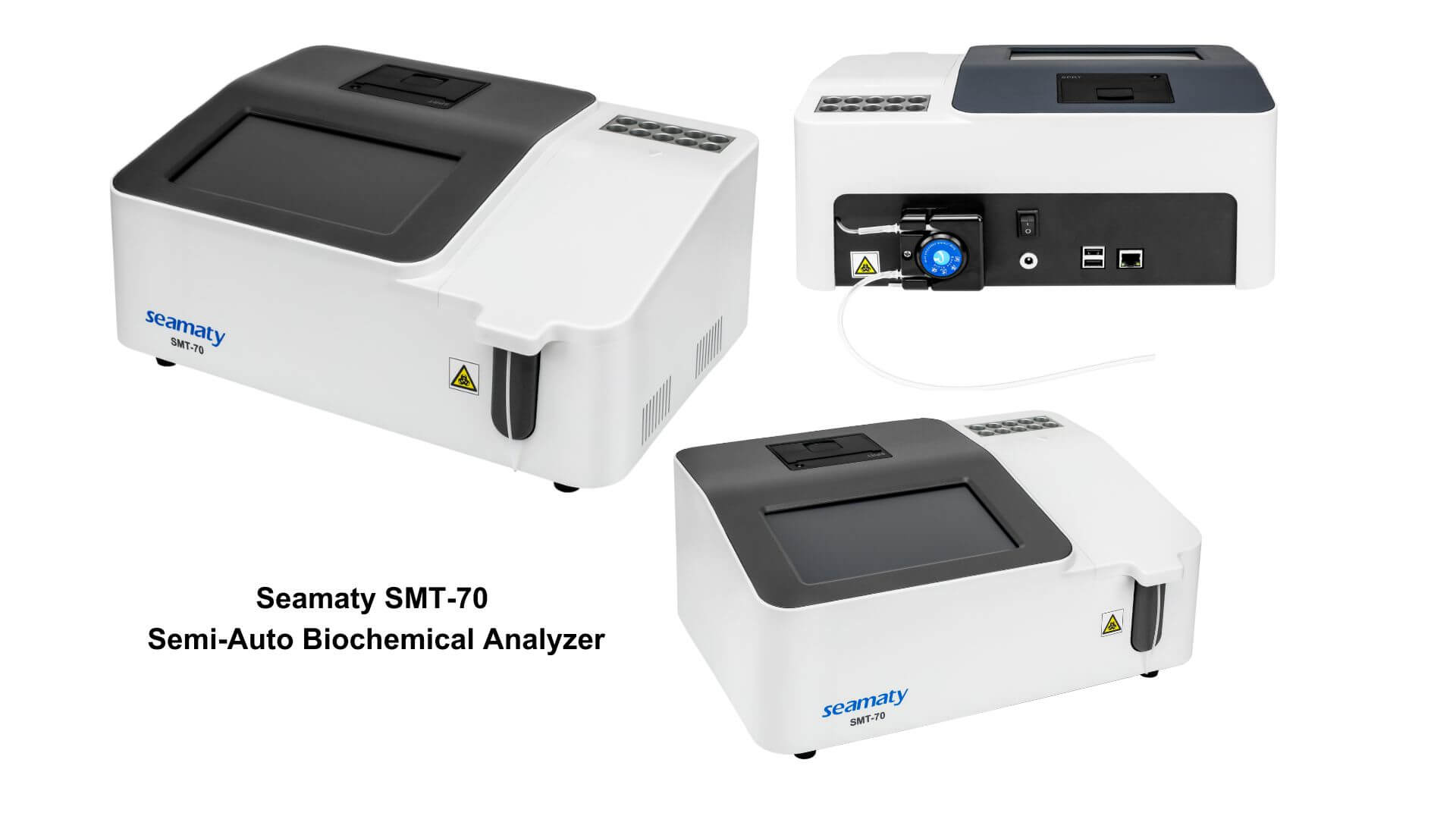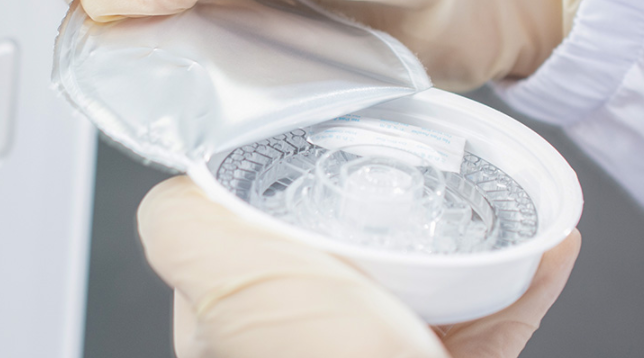With the rapid development of testing equipment and technology, the current clinical biochemical project testing has been carried out in the era of full automation. Fully automated biochemical analyzer is a commonly used testing equipment in clinical diagnosis because of its short testing time and high accuracy.
Biochemistry analyzer project testing refers to the biological or chemical methods to examine a certain indicator of the human body.
The biochemical analyzer is mainly used to determine various chemical components in human serum. It can measure liver function, kidney function, myocardial enzymes, blood sugar, blood lipids, ions, etc. Biochemical testing is a mandatory item in the hospital.
Some people who do not know much about biochemical testing will ask questions about the test sample. Is the test sample of fully automated biochemistry instrument serum or whole blood?
Let's compare some samples commonly used for blood testing: serum, plasma, and whole blood.
Serum, plasma and whole blood are all types of blood specimens available for laboratory testing, but there are significant differences between them that should not be ignored.

1. Serum
Serum is the undiluted extracellular component of blood after clotting is complete. Serum is the clear yellowish liquid that is precipitated by the retraction of blood clots 1-2h after the natural clotting of blood.
2. Plasma
Plasma is the cell-free supernatant obtained by centrifugation of blood after the addition of anticoagulants. The chemical composition of plasma is 90% to 92% water, 6.5%-8.5% protein, and 2% low molecular substances such as metabolites and certain hormones.
3. Whole blood
Whole blood is a blood sample from a vein, artery or capillary. Compared to the in vivo state, the concentration and characteristics of the cellular and extracellular components in whole blood remain relatively unchanged.
4. The difference between serum, plasma and whole blood
The differences between serum, plasma and whole blood are mainly produced by the coagulation process. Serum differs from plasma in that the former lacks fibrinogen and small amounts of other plasma proteins involved in blood clotting. Serum however adds a small amount of substances that are released by platelets during blood clotting.
At this stage, biochemical items are mostly tested through the collection of blood samples from patients. In 2002, the World Health Organization (WHO) issued the "Use of Anticoagulants in Laboratory Tests", in which blood samples are classified into four categories: recommended, available, restricted, and inappropriate, and the effects of different blood sample test results are described, suggesting that a fractional testing approach should be taken in the clinic to increase the accuracy of the test.
In this document, the recommended serum tests are: serum protein electrophoresis, lipoprotein electrophoresis, thyroxine, triiodothyronine, rheumatoid factor, antibodies to Aspergillus antigens, IgD and IgE.
In addition to these recommended items, the document states that 204 items are available in serum or plasma samples with no statistically significant or clinically meaningful differences, including most biochemical indicators. Indicators involving coagulation and anticoagulation such as coagulation factors, prothrombin time, activated partial thromboplastin time, fibrinogen, antithrombin III, D-dimer, and fibrin monomer cannot be tested with serum specimens, but must be tested with sodium citrate anticoagulated plasma (citrate: blood = 1:9).
It is of interest: many indicators that can be used with serum can be replaced by plasma, because serum does not exist in humans and animals, all non-cellular components of blood are present in plasma, and plasma testing is closer to the real state of the organism.
Therefore, in biochemical tests, serum can be used exclusively. If plasma testing is chosen, it needs to be equipped with a centrifuge.



